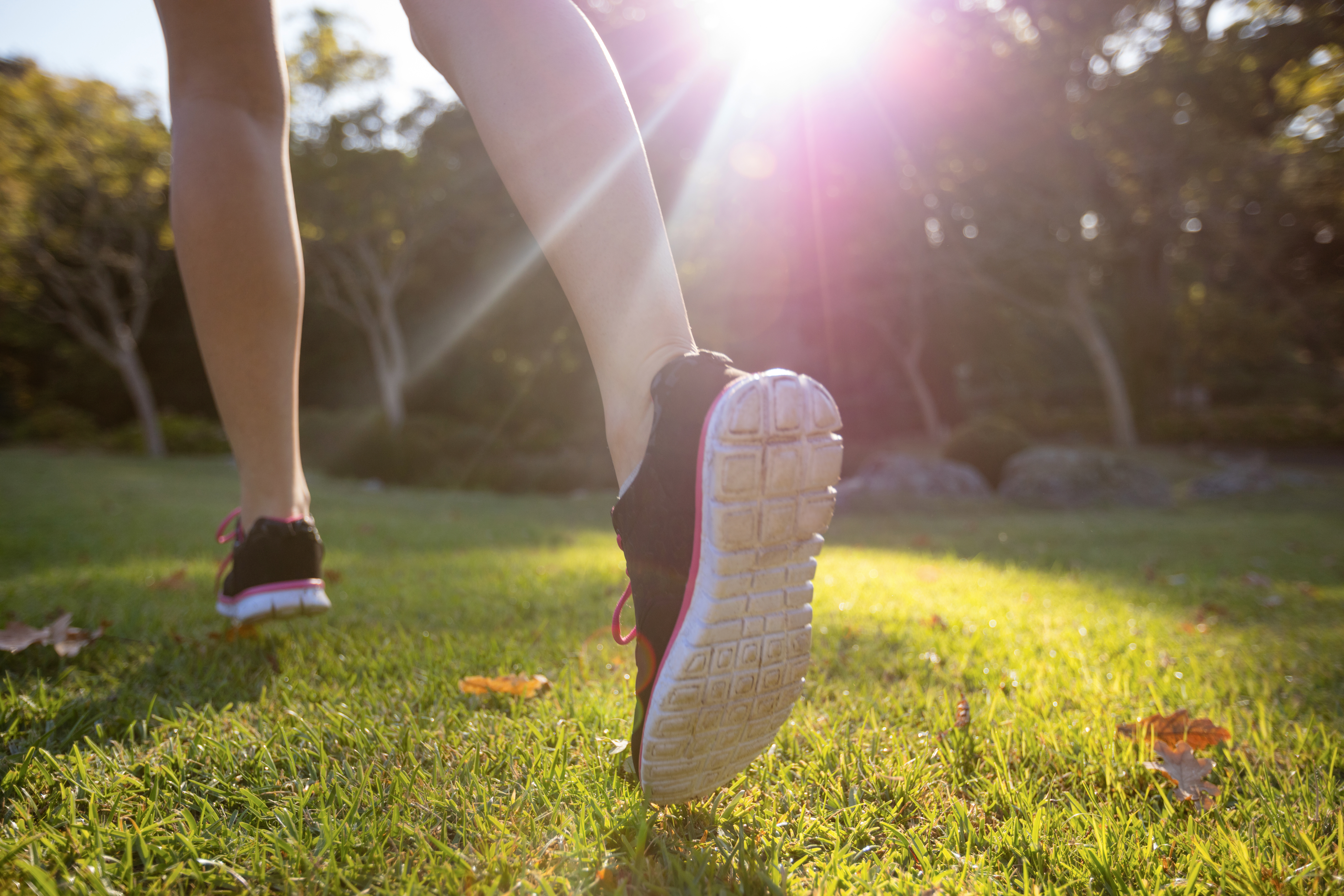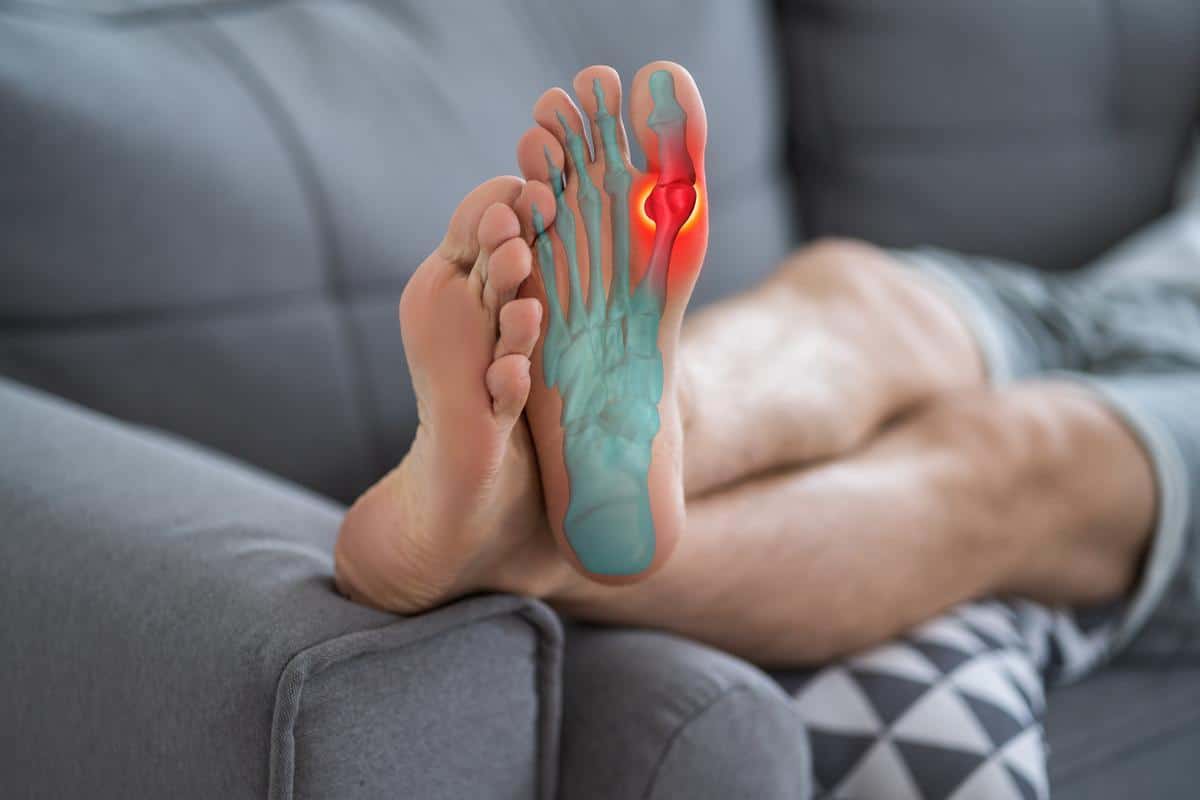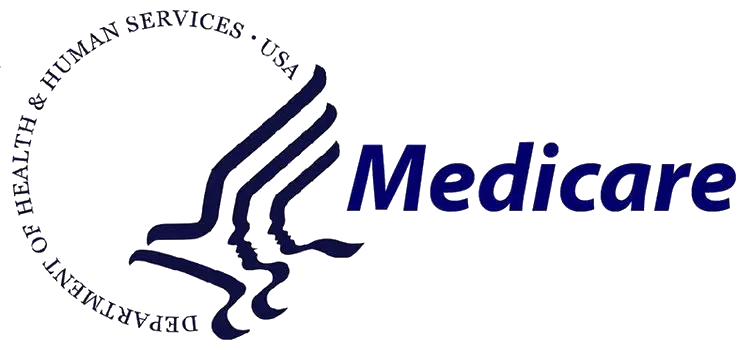
Menu
Menu
Close

If you feel a jabbing or aching sensation on or under the heel bone of your foot, you may have heel spurs. Although heel spurs are often painless, they can cause heel pain. Bone spurs can develop on almost any bone, causing discomfort in every step you take. These two heel conditions are often associated with the formation of bone spurs:


If inflammation occurs at the point where the spur was developed, heel spurs can cause chronic pain while running, walking, or jogging. Most pain is caused by the soft-tissue injury and not the heel spur itself. Heel spurs can be extremely painful due to the ligament that attaches to your foot to separate itself from the heel bone.
Heel spurs become a sharp, stabbing pain when using the foot during physical activity after sitting for a prolonged period of time. Once the sharp pain subsides, it often turns into a dull ache.
At Bartlett Foot Center, we often recommend non-surgical treatment for heel spurs such as:
Over-the-counter medications may such as Tylenol, Advil, and Aleve may help alleviate heel pain, but not for long. A functional orthotic device like a heel seat wrap or a sock night splint can help help correct the causes of heel and arch pain. An injection of cortisone can also help relieve inflammation.
On the off chance that non-surgical treatments fail to treat the symptoms of heel spurs within 9 to 12 months, surgery may be necessary.
Before any surgery, presurgical tests and exams are always required in order to help determine the severity of the injury and how to proceed.
They also help determine what the patient may need following heel surgery. In most cases, rest, ice, and elevation of the foot are recommended.
Sometimes crutches, splints, casts, surgical shoes or bandages are needed after surgery as well. There’s also the possibility of tendinitis, foot cramps, nerve pain, stress fracture, and other related symptoms following heel surgery.
The best way to help prevent heel spurs is by wearing properly fitted shoes with shock-absorbent soles and heels with support.
Avoid shoes with a lot of wear and tear on the bottom and be sure to wear appropriate shoes and stretch before any physical activity.
If you’re suffering from heel spurs and find yourself in need of treatment, contact us today.






Payments Accepted: Cash, Credit, Debit, Health Savings Accounts, Flexible Spending Accounts